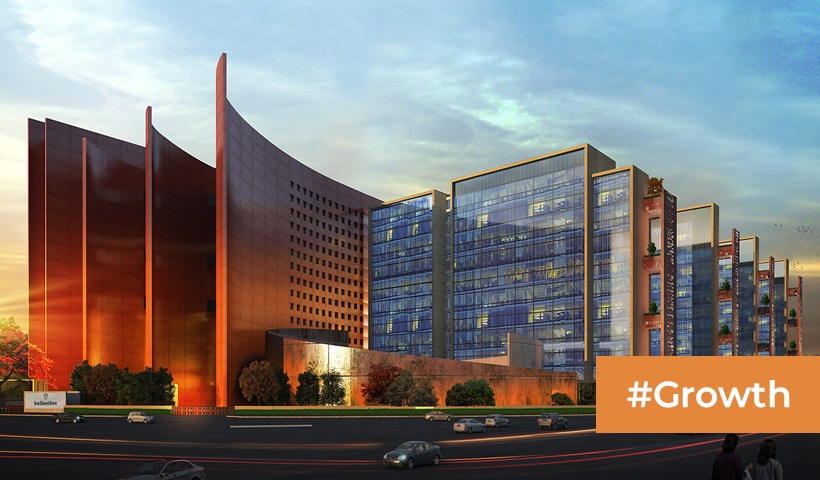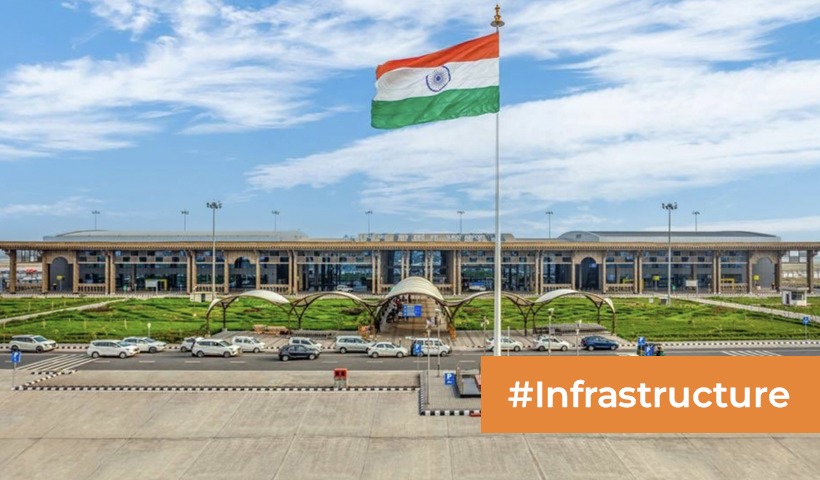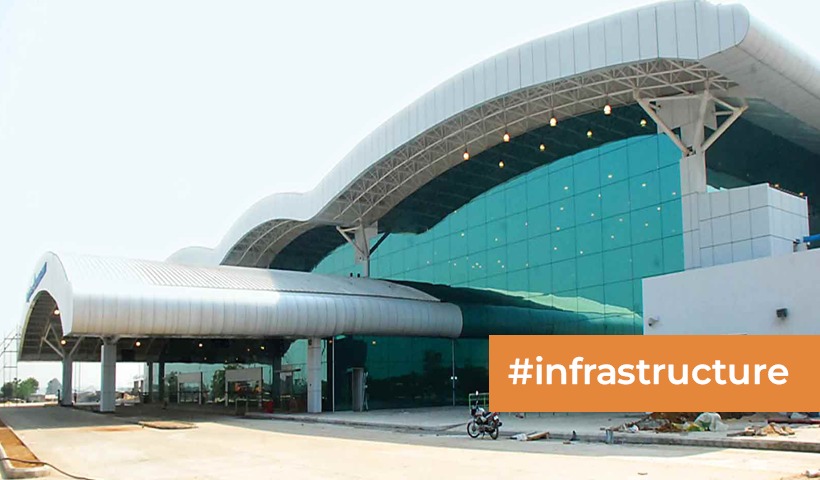Ayodhya’s Wings of Progress: Navigating the Marvels of Maharishi Valmiki International Airport
In a momentous stride towards enhancing connectivity and boosting tourism, Maharishi Valmiki International Airport in Ayodhya Dham stands as a testament to India’s commitment to modern infrastructure. This article delves into the nuances of this burgeoning aviation hub, catering to the curiosity of Indian readers and shedding light on the airport’s significance in the broader context of Ayodhya’s cultural and historical importance.
- The Genesis of Maharishi Valmiki International Airport: Maharishi Valmiki International Airport, named after the revered sage Valmiki, is a recent addition to India’s growing list of international airports. The airport’s inauguration marked a milestone in the development agenda, aiming to bolster connectivity and facilitate tourism in the Ayodhya region.
- Strategic Location in Ayodhya Dham: Situated in the holy city of Ayodhya, often revered as the birthplace of Lord Rama, Maharishi Valmiki International Airport holds immense cultural and historical significance. Its strategic location in the heart of Ayodhya Dham positions it as a gateway for pilgrims, tourists, and travelers eager to explore the rich tapestry of Ayodhya’s heritage.
- Connectivity and Access: The airport’s connectivity extends beyond Ayodhya, serving as a vital link for nearby cities and regions. Its proximity to Lucknow, the capital of Uttar Pradesh, ensures seamless accessibility for travelers. This strategic positioning contributes to the airport’s role as a central hub for both domestic and international flights.
- Architectural Marvel Reflecting Cultural Heritage: Maharishi Valmiki International Airport’s architectural design pays homage to Ayodhya’s cultural heritage. The airport’s aesthetics draw inspiration from the city’s historical and mythological roots, creating a visually appealing space that resonates with the spirit of Ayodhya.
- Key Features of the Airport:
- Modern Infrastructure: The airport boasts state-of-the-art infrastructure, with well-designed terminals and amenities to cater to the needs of passengers.
- Runway and Terminal Capacity: Maharishi Valmiki International Airport is equipped with a runway capable of handling large aircraft, ensuring efficient operations. The terminal capacity is designed to accommodate the growing influx of passengers.
- Cargo Facilities: Recognizing the importance of cargo services, the airport includes facilities for efficient cargo handling, contributing to trade and commerce in the region.
- Technological Advancements: The airport integrates modern technology for streamlined check-in processes, security measures, and overall passenger experience.
- Tourism Boost: The inauguration of Maharishi Valmiki International Airport has given a significant impetus to tourism in Ayodhya Dham. Pilgrims, history enthusiasts, and tourists from across the globe can now access Ayodhya with greater ease, fostering the city’s potential as a cultural and spiritual destination.
- Economic Impact and Development: The airport’s establishment is a catalyst for economic development in the Ayodhya region. The increased accessibility is expected to attract investments, boost local businesses, and generate employment opportunities, contributing to the overall prosperity of the community.
- Air Connectivity to Prominent Cities: Maharishi Valmiki International Airport connects Ayodhya to major cities across India and beyond. The availability of both domestic and international flights enhances Ayodhya’s global connectivity, allowing travelers to embark on a seamless journey to and from the city.
- Initiatives for Passenger Comfort: The airport prioritizes passenger comfort with facilities such as lounges, shopping outlets, and dining options. These amenities aim to enhance the overall travel experience for visitors arriving at or departing from Maharishi Valmiki International Airport.
- Collaboration with Airlines: The airport collaborates with various airlines to establish regular flights connecting Ayodhya to key destinations. This collaborative effort ensures a robust flight schedule, catering to the diverse travel needs of passengers.
- Future Expansion Plans: As Ayodhya’s prominence as a tourist and pilgrimage destination grows, Maharishi Valmiki International Airport has outlined ambitious expansion plans. These include potential enhancements to infrastructure, increased flight frequency, and the incorporation of advanced technologies to further elevate the airport’s status.
- Cultural Events and Festivals: The airport serves as a venue for cultural events and festivals, showcasing the rich cultural heritage of Ayodhya. Such initiatives contribute to creating a holistic experience for travelers, immersing them in the cultural vibrancy of the region.
- Government Support and Collaboration: The establishment and development of Maharishi Valmiki International Airport are results of collaborative efforts between the government, aviation authorities, and local stakeholders. Ongoing support ensures the sustained growth and efficiency of the airport.
- Environmental Considerations: Recognizing the importance of sustainability, Maharishi Valmiki International Airport incorporates environmentally friendly practices. Efforts are made to minimize the ecological impact and promote responsible aviation practices.
- Local Community Involvement: The airport actively engages with the local community, fostering a sense of ownership and inclusion. Initiatives such as skill development programs and employment opportunities contribute to the socio-economic well-being of the region.
Maharishi Valmiki International Airport in Ayodhya Dham emerges not only as a transportation hub but also as a symbol of progress, cultural revival, and economic development. As it plays a pivotal role in connecting Ayodhya to the world, the airport stands as a testament to India’s commitment to modern infrastructure while preserving the rich cultural tapestry that defines Ayodhya’s heritage. The airport’s impact extends beyond aviation, contributing to the economic upliftment and global recognition of Ayodhya as a destination that seamlessly blends tradition with modernity.




